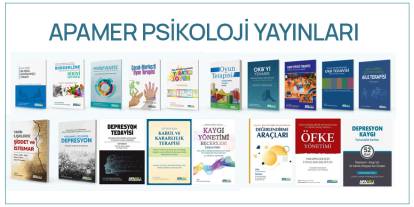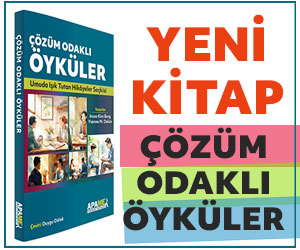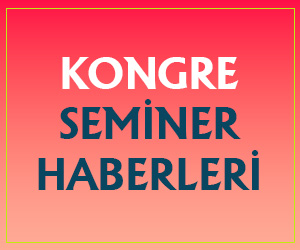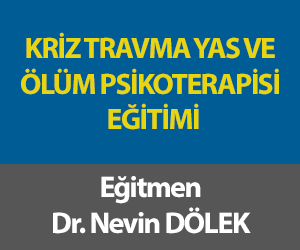OCD, Anxiety And Daydreams

The other day I imagined I might commit an appalling act of violence. It’s a calm spring evening. I am driving home after an uneventful day. At the edge of the village a young mother and child come into view, all smiles — a hundred yards away . . . fifty . . . twenty. There’s no one else around. How easy it would be. Neurons fire in the motor cortex of my brain, my hands turn the wheel, the car mounts the pavement and two innocent lives are lost. Ten yards . . . zero. I look in the rearview mirror and see them, still smiling. It was just a thought. Where did it come from? I am not one to indulge in fantasies of violence and I took no pleasure in the image, but then nor did it disturb me. It was an oddly neutral scenario, like seeing a pillar box and imagining posting a letter.
Ordinary human consciousness is a constant flow of thoughts and images. Some we choose, others bustle in uninvited. The interlopers are mostly benign — those inconsequential memories and mundane anticipations that skitter endlessly in and out of awareness all day long. Others — wasps of worry — are unwelcome but mundane. We swat them away. But some intrusive thoughts are decidedly darker: images of death and decay, illness and injury, violence, bestiality, incest — nasty stuff that, according to one scientific estimate, up to 90 per cent of us experience from time to time.
Like their innocent counterparts, disturbing images are usually transient. They flash through the mind without trace. But they can, in some cases, be remarkably persistent. A 93-year-old woman sheds tears as she recalls how, at the age of 7, she had rebuffed a hug from her dying father. The scene has recurred undimmed for 86 years. An elderly man describes abhorrent sexual images that have tormented him for 50 years, unchangingly precise in detail.
If it takes root, a disturbing image can grow into a serious psychological problem. Anxiety disorders are fuelled by images of humiliation or panic. Self-images of obesity are common in eating disorders. The most repugnant and persistent imagery — the nasty stuff — is associated with obsessive-compulsive disorder (OCD) but is the core symptom in only a minority of cases.
So, if most people experience involuntary images of violence or vulgarity how come so few of us find them troubling? Neuroimaging studies link OCD with a disturbance of frontal brain circuits involved in regulating disgust responses and switching trains of thought. This could account for both the potency and persistence of distressing images in OCD — sufferers being both more sensitive to repugnant imagery and less able to change mental tack once the thought takes hold. There follows a cascade of self-doubt: What kind of person am I to think such thoughts? I must be weird;
I must be dangerous.
A first step in combating troublesome images is to understand that you are neither weird nor dangerous. Intrusive images are normal and have a life of their own for which you are not responsible. A second step is to realise that trying to suppress an image is counterproductive. Here’s a demonstration. Picture a polar bear. Now sit quietly for a minute and try your hardest not to picture the bear. You’ll see what I mean. It’s usually better to confront the image. Try reshaping it, or shrinking it to tiny dimensions. Practise replacing it with something more benign, or simply stay with it. Confront it, turn it this way and that. The more you expose yourself to a repugnant image, the more you interrogate it, the less distressing it becomes.
Then, literally or metaphorically, just drive on.
Original Source - The Times Online
Authors -Paul Broks - University of Plymouth










Türkçe karakter kullanılmayan ve büyük harflerle yazılmış yorumlar onaylanmamaktadır.